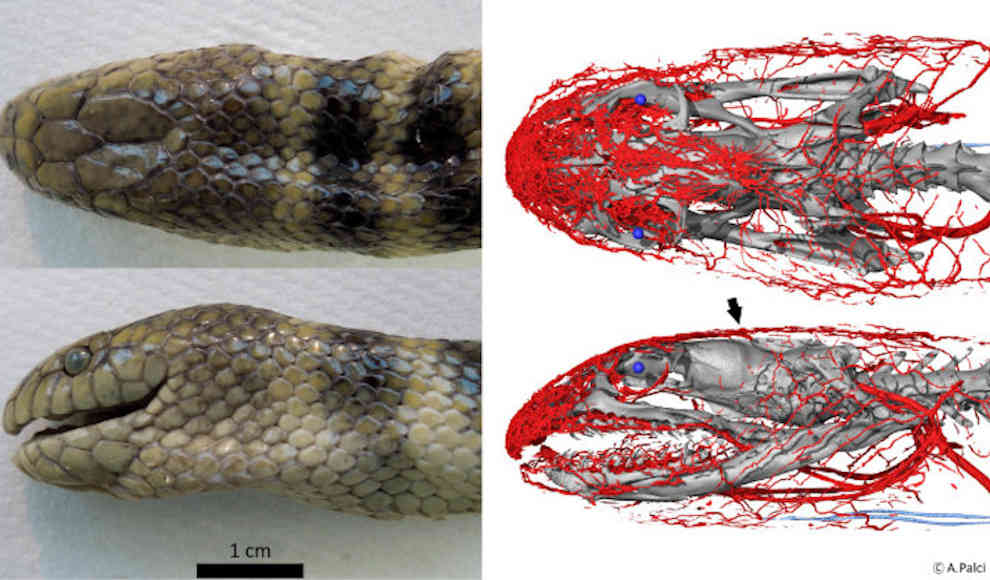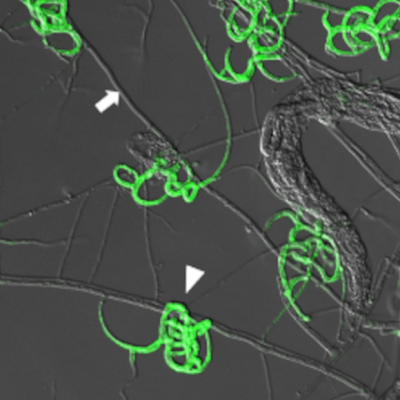In a groundbreaking discovery, scientists have found a new respiratory organ in sea snakes that allows them to filter oxygen from water. Previously, it was believed that sea snakes had to come to the surface to breathe, but researchers have found that the stripe-bellied sea snake can dive to depths of 245 meters without resurfacing. The new organ, discovered by biologists at Flinders University, is made up of fine blood vessels under the skin of the snake’s head, allowing them to extract oxygen from water. The organ is located in the forehead and nose area, and the researchers believe it is primarily used to supply oxygen to the brain.
The respiratory organ is similar to gills, with large surfaces that allow the blood vessels to efficiently filter oxygen from water. The discovery sheds new light on how sea snakes have adapted to their marine environment, and further studies will investigate how much oxygen the snakes can extract from water and how long they can stay underwater. The research was published in the journal Royal Society Open Science.
According to Kate Sanders, a marine biologist at the University of Maine, the discovery shows that sea snakes have successfully adapted to their marine lifestyle by being able to absorb oxygen through their skin. The new organ is a significant breakthrough in understanding the evolution of sea snakes and their unique adaptations to life in the ocean.










